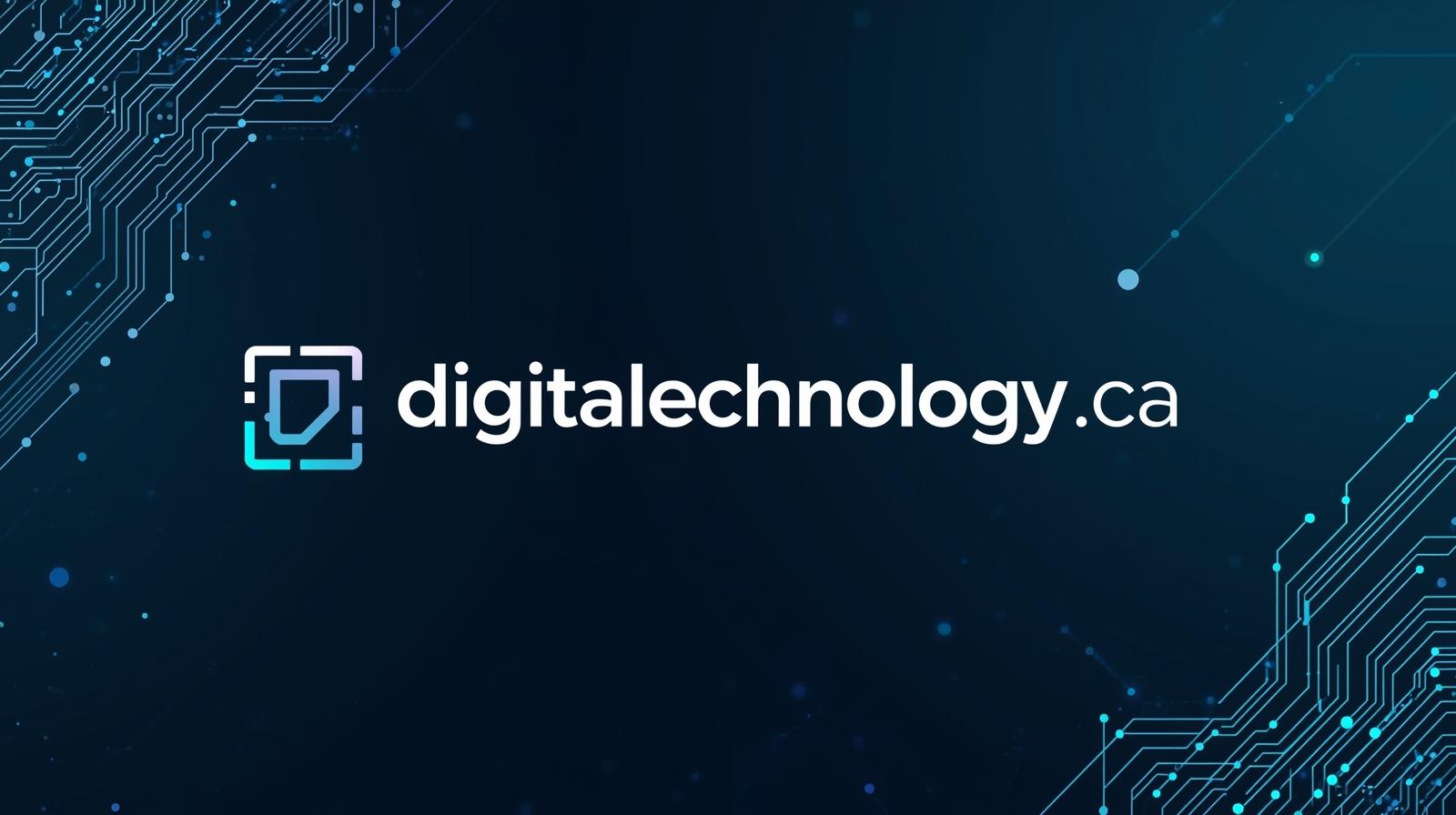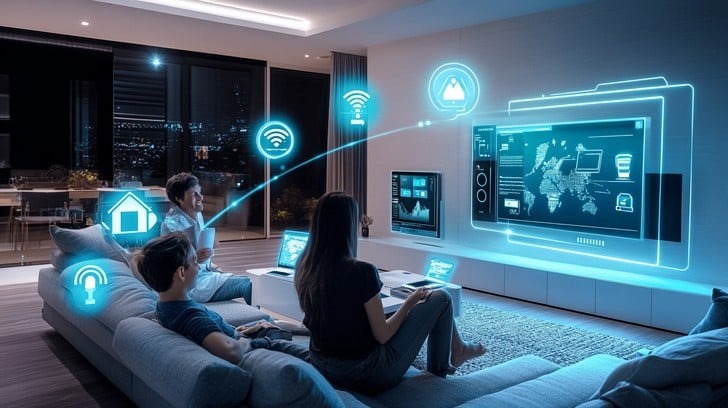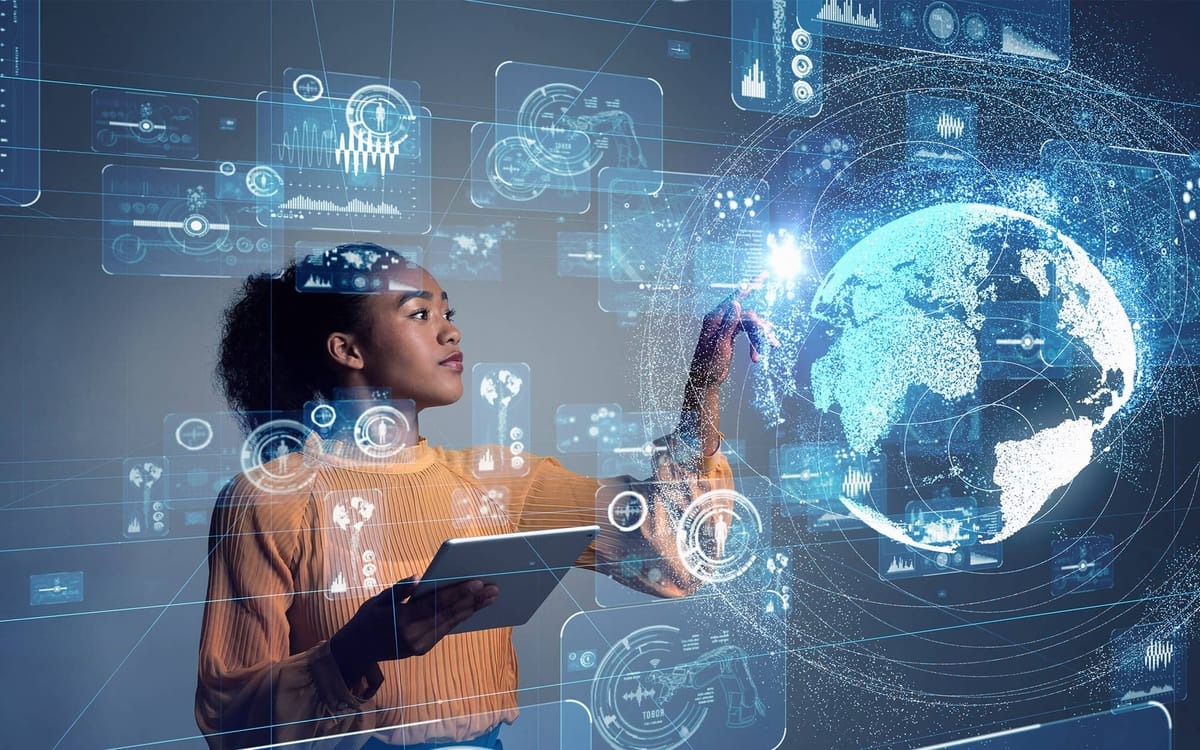Home — a simple word that evokes warmth, comfort, and a sense of belonging. Traditionally, it has been our sanctuary, the space we return to for peace and relaxation. But in today’s fast-paced world, the concept of home has evolved significantly, integrating not just emotional connections but also digital technology to enhance the way we live.
From smart thermostats and AI-powered security systems to voice assistants and automated lighting, homes have become more than just physical spaces — they are becoming intelligent ecosystems designed to improve convenience, safety, and efficiency.
The Changing Definition of “Home”
In the past, the definition of a home was limited to four walls, a roof, and the people who lived inside. It was a place of tradition, memories, and routine. However, with the rise of the digital era, modern homes are undergoing a major transformation.
Today’s homes are interactive. You can now control the temperature, lights, or even your refrigerator from your smartphone. Technology has blended seamlessly with comfort, making daily life easier and more secure. The integration of digital tech has given rise to what we now call smart homes.
The Rise of Smart Homes
A smart home uses internet-connected devices to enable remote monitoring and management of appliances and systems, such as lighting, heating, and security. These technologies are part of the broader Internet of Things (IoT) movement, which is revolutionizing the way we live.
Here are some common digital technologies found in modern homes:
- Smart Lighting: Automated lighting systems can be adjusted using voice commands or mobile apps. They save energy and allow users to customize lighting based on mood or time of day.
- Voice Assistants: Devices like Amazon Alexa, Google Assistant, or Apple’s Siri let you control your home with simple voice commands — whether it’s playing music, setting a reminder, or locking doors.
- Security Systems: AI-powered security cameras, smart doorbells, and motion detectors provide real-time surveillance and alerts, making your home more secure than ever before.
- Energy Management: Smart thermostats learn your behavior and adjust heating or cooling accordingly, helping reduce energy consumption and lower utility bills.
The Impact of Technology on Home Design
Digital transformation has not only changed how homes function but also how they are designed. Architects and builders now consider wiring and network connectivity as essential elements during construction. Smart home integration has become a key selling point in the real estate market.
Moreover, minimalist and tech-savvy interior designs are becoming increasingly popular. For instance, hidden speakers, wireless charging stations, and built-in smart appliances are now common features in modern homes.
Working from Home: A Digital Revolution
The COVID-19 pandemic accelerated the global shift toward remote work, and homes had to quickly adapt. This gave rise to home offices equipped with high-speed internet, digital tools, and ergonomic furniture. What was once a luxury has now become a necessity for millions of professionals worldwide.
Thanks to digital technology, staying connected with colleagues, attending virtual meetings, and collaborating on projects has become seamless — all from the comfort of home.
Entertainment at Your Fingertips
Digital advancements have turned homes into entertainment hubs. Streaming platforms, online gaming, and smart TVs have replaced traditional entertainment systems. Families now enjoy cinema-quality experiences in their living rooms, powered by surround sound and ultra-HD visuals.
Even reading has gone digital, with e-books and audiobooks allowing for a personalized experience without needing physical space for storage.
The Emotional Connection Still Matters
Despite all the technological advancements, the emotional essence of a home remains unchanged. It’s still the place where families grow, where memories are made, and where people find comfort after a long day. Technology enhances this experience, but it does not replace the human touch.
In fact, digital tools often help bring families closer. Video calls, shared online photo albums, and home automation for elderly care ensure that our loved ones are connected and cared for, even from afar.
Conclusion
In today’s world, the concept of home has become a fusion of tradition and technology. While the core values of warmth, love, and belonging remain the same, the digital age has introduced convenience, safety, and efficiency into our daily lives.
As we look toward the future, the idea of home will continue to evolve — becoming smarter, more sustainable, and deeply integrated with our digital lifestyles. But no matter how advanced our homes become, they will always be our personal haven — where heart meets technology.





